Rank Family | Scientific name Malvaceae Higher classification Malvales | |
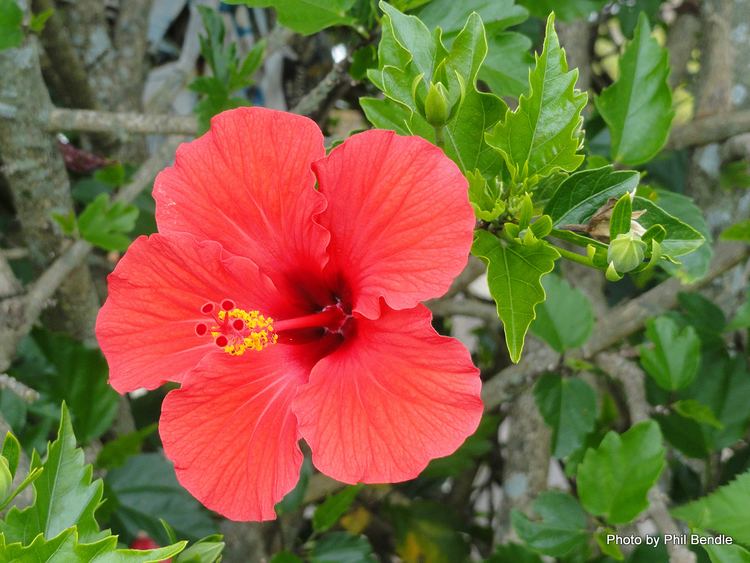 | ||
Lower classifications | ||
Malvaceae family flower
Malvaceae, or the mallows, is a family of flowering plants estimated to contain 244 genera with 4225 known species. Well-known members of this family include okra, cotton, and cacao. The largest genera in terms of number of species include Hibiscus (300 species), Sterculia (250 species), Dombeya (250 species), Pavonia (200 species) and Sida (200 species).
Contents
- Malvaceae family flower
- 12b0202 the study of plant families division solanaceae and malvaceae with diagram in hindi
- Taxonomy and nomenclature
- Subfamilies
- Names
- Description
- Leaves and stems
- Flowers
- Fruits
- Pollination
- Importance
- References
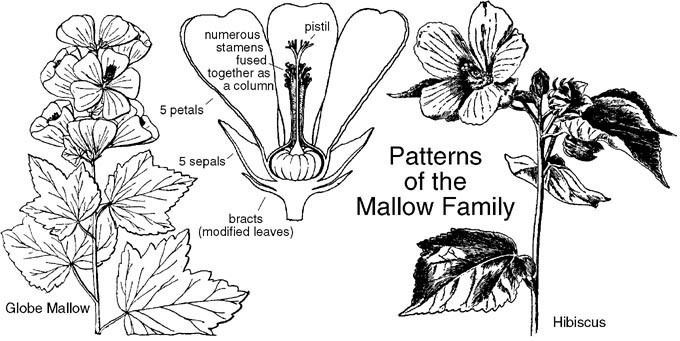
12b0202 the study of plant families division solanaceae and malvaceae with diagram in hindi
Taxonomy and nomenclature
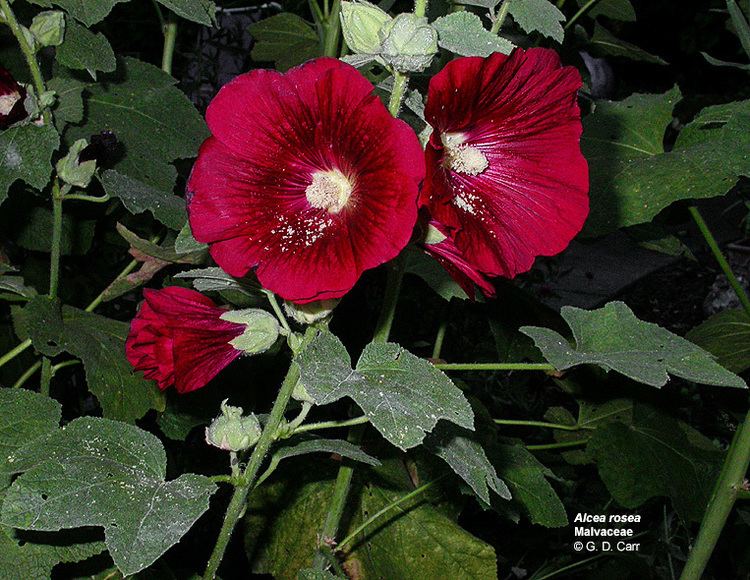
The circumscription of the Malvaceae is controversial. The traditional Malvaceae sensu stricto comprise a very homogeneous and cladistically monophyletic group. Another major circumscription, Malvaceae sensu lato, has been more recently defined on the basis that molecular techniques have shown the commonly recognised families Bombacaceae, Tiliaceae, and Sterculiaceae, which have always been considered closely allied to Malvaceae s.s., are not monophyletic groups. Thus, the Malvaceae can be expanded to include all of these families so as to compose a monophyletic group. Adopting this circumscription, the Malvaceae incorporate a much larger number of genera.
Subfamilies
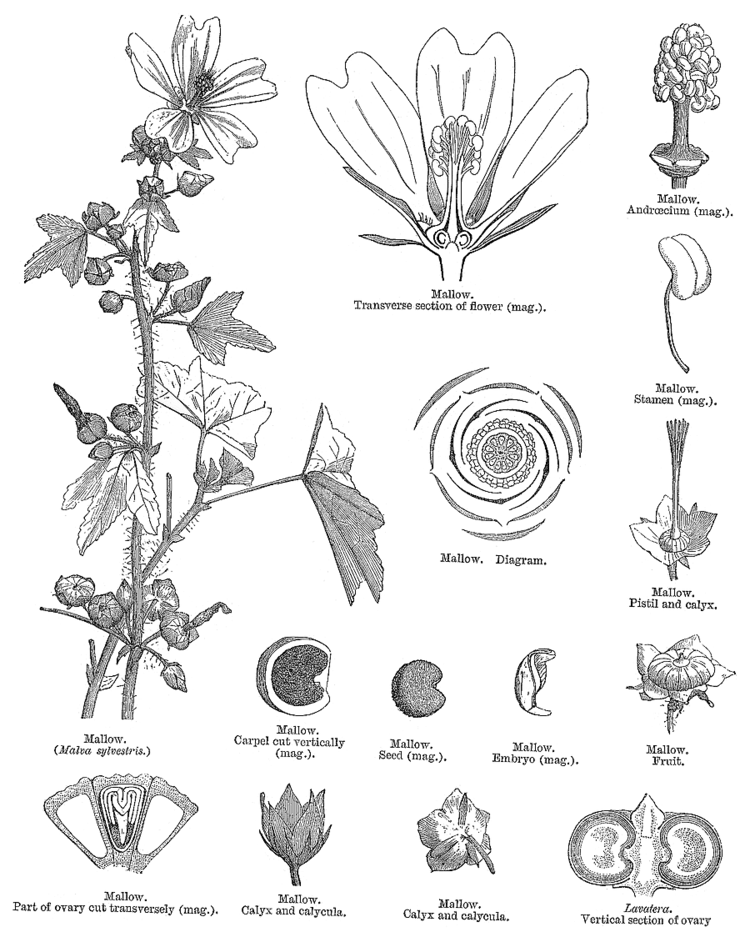
This article is based on the second circumscription, as presented by the Angiosperm Phylogeny Website. The Malvaceae s.l. (hereafter simply "Malvaceae") comprise nine subfamilies. A tentative cladogram of the family is shown below. The diamond denotes a poorly supported branching (<80%).
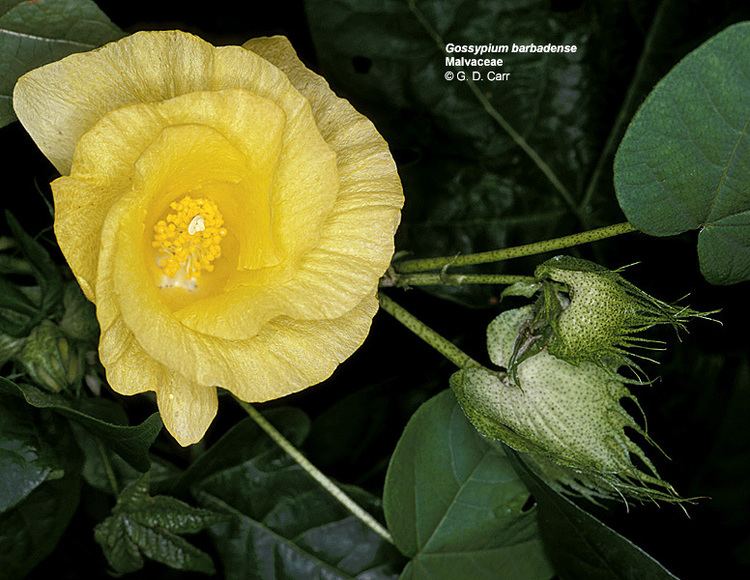
It is important to point out the relationships between these subfamilies are still either poorly supported or almost completely obscure, so the circumscription of the family may change dramatically as new studies are published.
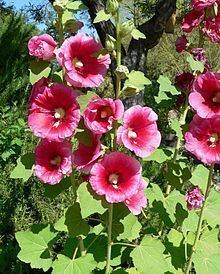
If looking for information about the traditional Malvaceae s.s., we recommend referring to Malvoideae, the subfamily that approximately corresponds to that group.
Names
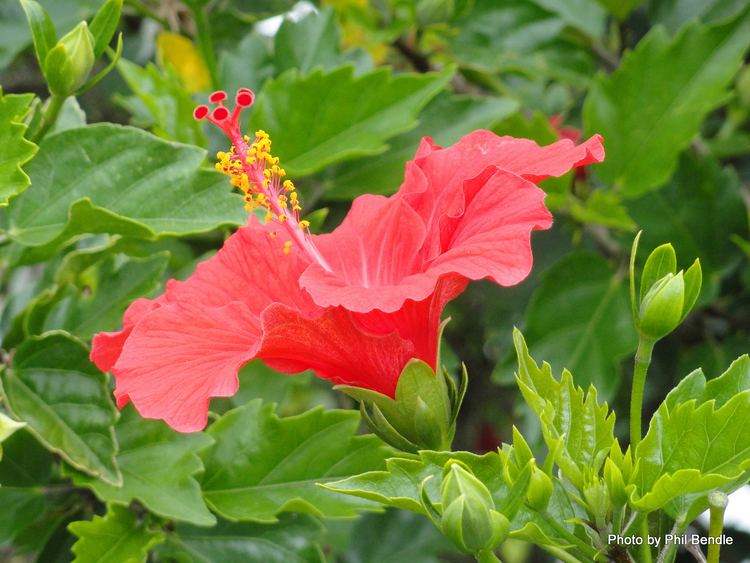
The English common name 'mallow' (also applied to other members of Malvaceae) comes from Latin malva (also the source for the English word "mauve"). Malva itself was ultimately derived from the word for the plant in ancient Mediterranean languages. Cognates of the word include Ancient Greek μαλάχη (malákhē) or μολόχη (molókhē), Modern Greek μολόχα (molóha), modern Arabic: ملوخية (mulukhiyah) and modern Hebrew: מלוחיה (molokhia).
Description
Most species are herbs or shrubs, but some are trees and lianas.
Leaves and stems
Leaves are generally alternate, often palmately lobed or compound and palmately veined. The margin may be entire, but when dentate, a vein ends at the tip of each tooth (malvoid teeth). Stipules are present. The stems contain mucous canals and often also mucous cavities. Hairs are common, and are most typically stellate.
Flowers
The flowers are commonly borne in definite or indefinite axillary inflorescences, which are often reduced to a single flower, but may also be cauliflorous, oppositifolious, or terminal. They often bear supernumerary bracts. They can be unisexual or bisexual, and are generally actinomorphic, often associated with conspicuous bracts, forming an epicalyx. They generally have five valvate sepals, most frequently basally connate, with five imbricate petals. The stamens are five to numerous, and connate at least at their bases, but often forming a tube around the pistils. The pistils are composed of two to many connate carpels. The ovary is superior, with axial placentation, with capitate or lobed stigma. The flowers have nectaries made of many tightly packed glandular hairs, usually positioned on the sepals.
Fruits
The fruits are most often loculicidal capsules, schizocarps or nuts.
Pollination
Self-pollination is often avoided by means of protandry. Most species are entomophilous (pollinated by insects).
Importance
A number of species are pests in agriculture, including Abutilon theophrasti and Modiola caroliniana, and others that are garden escapes. Cotton (four species of Gossypium), kenaf (Hibiscus cannabinus), cacao (Theobroma cacao), kola nut (Cola spp.), and okra (Abelmoschus esculentus) are important agricultural crops. The fruit and leaves of baobabs are edible, as is the fruit of the durian. A number of species, including Hibiscus syriacus, Hibiscus rosa-sinensis and Alcea rosea are garden plants.
